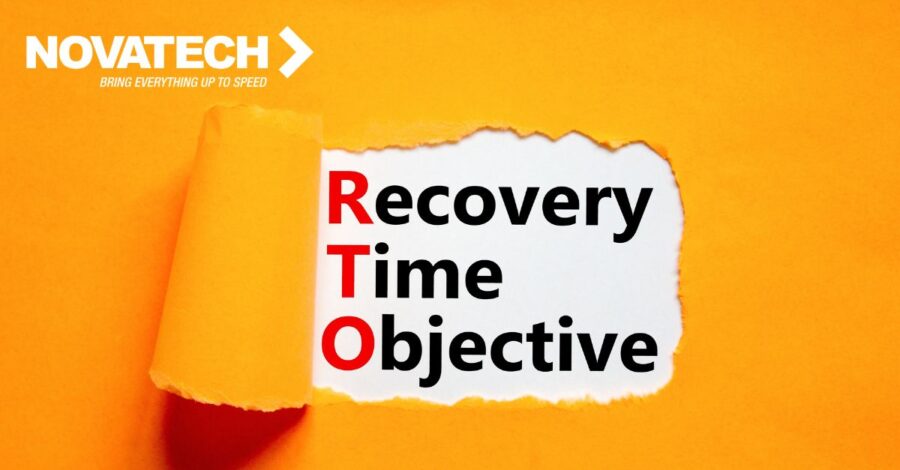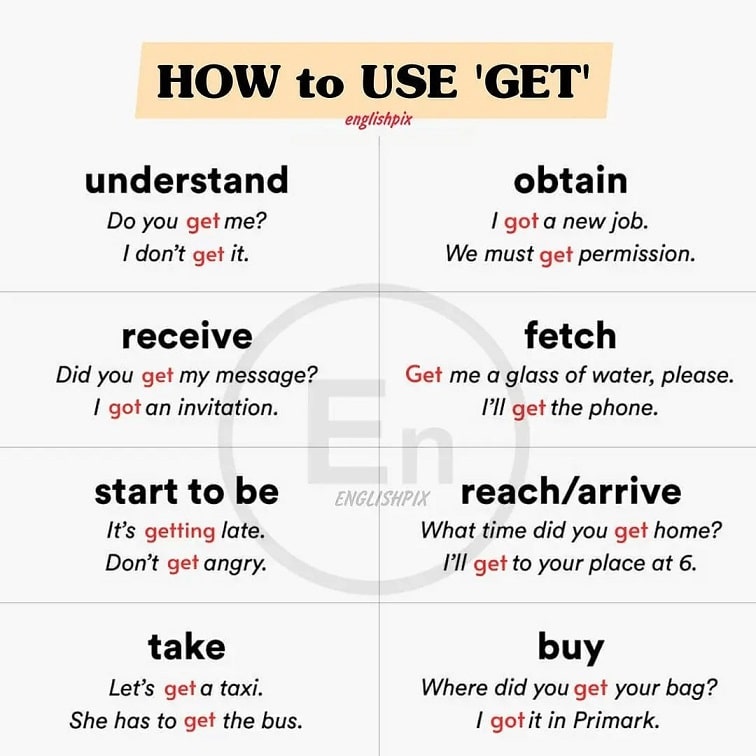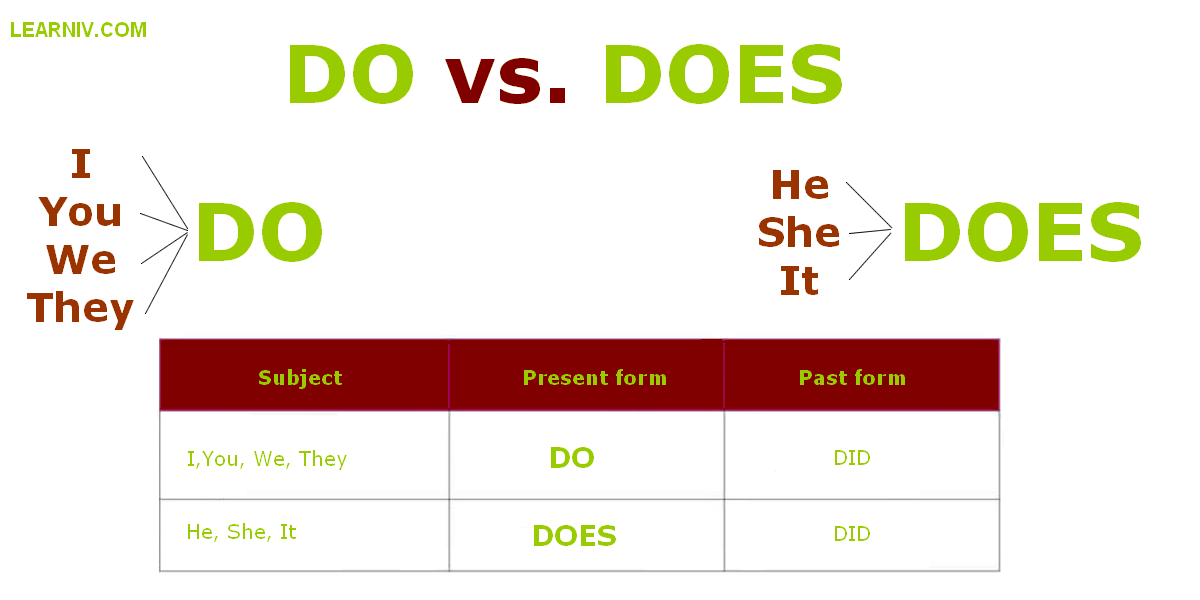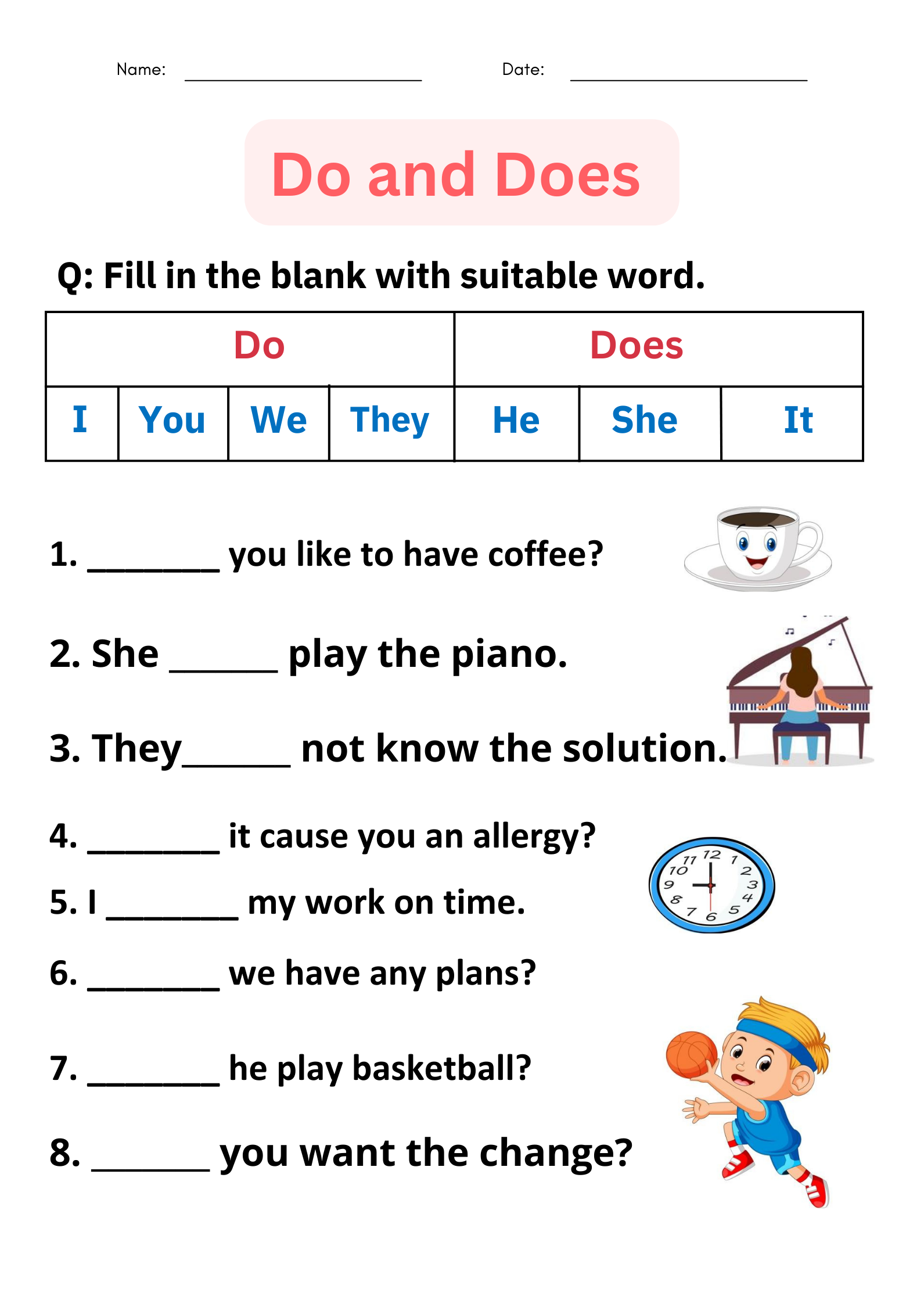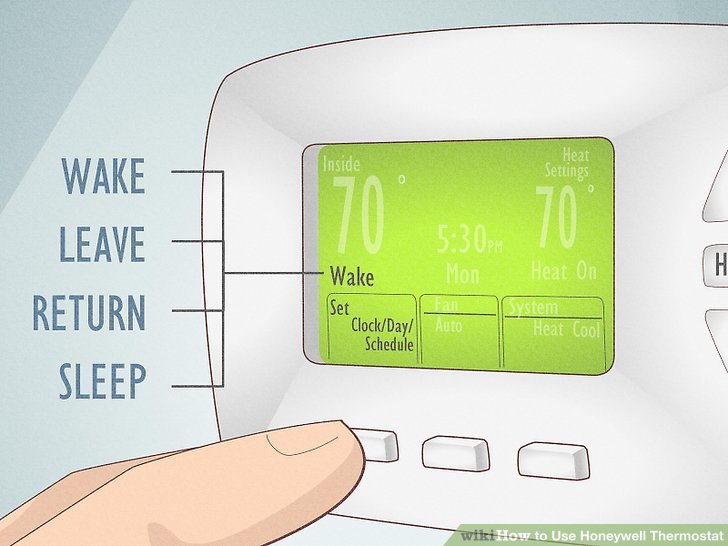Education and Career Paths in the Aerospace Industry: How Your Degree Shapes Job Opportunities
Introduction: The Role of Education in Aerospace Careers
The aerospace industry is renowned for its technical complexity, innovation, and high standards of safety and precision. As a result, education level plays a central role in determining which jobs are available and how professionals can advance within the sector. This article explores the relationship between educational attainment and career opportunities, providing actionable steps for those seeking to enter or advance in aerospace roles.
Education Requirements for Entry-Level Aerospace Jobs
For most technical roles in aerospace-particularly for engineers-employers require at least a bachelor’s degree in aerospace engineering or a related field such as mechanical, electrical, or materials engineering [1] [2] [4] . Accredited programs, especially those recognized by ABET, are preferred because they ensure students meet industry standards [5] . Entry-level engineering positions typically require knowledge in advanced mathematics, physics, and computer-aided design (CAD).
Other technical jobs, such as quality technician or electronics technician, may require an associate degree or specialized training rather than a full four-year degree [3] . For these roles, practical experience and certifications can supplement formal education.
Advancement: Graduate Degrees and Specialization
While a bachelor’s degree is sufficient for many entry-level positions, career advancement often depends on pursuing further education. Many aerospace engineers opt for a master’s or doctoral degree to access higher salaries and specialized roles, such as project lead, research scientist, or technical director [4] . Graduate programs deepen expertise in areas like aerodynamics, propulsion, avionics, and control systems, and frequently involve research projects or internships with industry leaders.

Source: sohailshoukat31.github.io
Additionally, obtaining a Professional Engineer (PE) license can be critical for leadership roles. This credential typically requires a degree from an accredited program, relevant work experience, and passing national exams [1] .
Non-Engineering Roles: Broadening Opportunities
The aerospace industry employs professionals beyond engineers-including meteorologists, architects, cartographers, and technicians. The educational requirements for these roles vary:
- Meteorologists: Degree in meteorology, with preference for advanced study and experience.
- Architects: Architectural degree, often with special training for airport or aerospace infrastructure projects.
- Technicians: High school diploma plus technical training or associate degree, with certifications in electronics, radar, or navigation [3] .
These paths can offer entry points for those without an engineering background, but advancement may require additional education or certifications.
Step-by-Step Guide to Entering the Aerospace Industry
- High School Preparation: Take advanced math, physics, chemistry, and computer programming courses. Participate in engineering clubs or STEM camps to build foundational skills [5] .
- Choose an Accredited Degree Program: Select a university offering an ABET-accredited bachelor’s degree in aerospace engineering or a related field. Consider part-time options if already employed.
- Develop Relevant Skills: Gain experience in CAD software, team-based engineering projects, and technical writing. Pursue internships with aerospace companies or government agencies like NASA or the FAA.
- Consider Graduate Education: For those aiming at research, management, or specialized technical roles, apply to master’s or doctoral programs. Investigate opportunities for scholarships, assistantships, or employer sponsorship.
- Obtain Certifications: Pursue licensure as a Professional Engineer if your career path requires it. Complete any necessary exams and accumulate qualifying work experience.
- Explore Alternative Entry Points: If you lack a four-year degree, consider technician roles, apprenticeships, or adult education programs. Ask employers about sponsorship or tuition reimbursement options, and research community college pathways.
Challenges and Solutions for Diverse Educational Backgrounds
Not all candidates follow a traditional educational path. Here are common challenges and solutions:
- Lack of Degree: Some technician roles accept candidates with a high school diploma and specialized training. Seek out certificate programs or on-the-job training opportunities.
- Changing Careers: Adults seeking to transition into aerospace can begin with adult education classes or online learning to meet prerequisites for degree programs [5] .
- Knowledge Gaps: Candidates with degrees in related fields (e.g., mechanical or electrical engineering) may need to pursue supplemental coursework or hands-on experience in aerospace-specific subjects [2] .
Employers in aerospace increasingly value diverse skill sets. Those with experience in computer science, materials science, or data analytics may find opportunities in emerging areas like aerospace software development or sustainability engineering.
Salary and Job Demand: How Education Impacts Earnings
According to industry research, aerospace engineers earn competitive salaries, with higher educational attainment correlating with increased earning potential. Entry-level engineers with a bachelor’s degree can expect solid starting salaries, while those with advanced degrees or certifications typically command higher compensation and access to managerial roles [1] [4] .
The job demand for aerospace engineers is projected to grow by 8% from 2020 to 2030, driven by ongoing needs in national defense, commercial aviation, and environmental innovation [1] . Candidates with relevant degrees and skills are well positioned to benefit from this growth.
How to Access Educational and Career Resources
To explore educational programs, visit the official websites of engineering schools accredited by ABET. For career guidance, consult resources from the Federal Aviation Administration (FAA), NASA, or the Bureau of Labor Statistics. If you’re seeking technician or non-engineering roles, research community colleges, technical schools, and industry certification programs. For licensure information, contact state engineering boards or professional associations like the National Society of Professional Engineers.
For adult learners or those seeking career changes, inquire with your current employer’s human resources department about sponsorship or tuition assistance. Online platforms such as Coursera and edX offer aerospace-related courses, but you should verify the credibility and recognition of any certification before enrolling.
To connect with industry professionals and mentors, consider joining organizations such as the American Institute of Aeronautics and Astronautics (AIAA) or attending aerospace career fairs and networking events.
Key Takeaways and Next Steps
Your education level directly influences your eligibility for aerospace jobs, salary potential, and opportunities for advancement. While a bachelor’s degree opens the door for most engineering roles, graduate education and certifications can accelerate career growth. Alternative pathways exist for technicians and career changers, provided they pursue relevant training and credentials. To get started, research accredited programs, seek out internships and mentorships, and leverage industry resources for ongoing development.

Source: wallpaperaccess.com
References
- [1] EnvironmentalScience.org (2024). Aerospace Engineer Career Guide.
- [2] TechGuide.org (2024). How to Become an Aerospace Engineer.
- [3] FAA (2024). Careers in Aviation and Space.
- [4] U.S. Department of Energy (2025). Career Map: Aerospace Engineer.
- [5] Indeed.com (2025). How To Become an Aerospace Engineer in 10 Steps.
MORE FROM mumsearch.com
